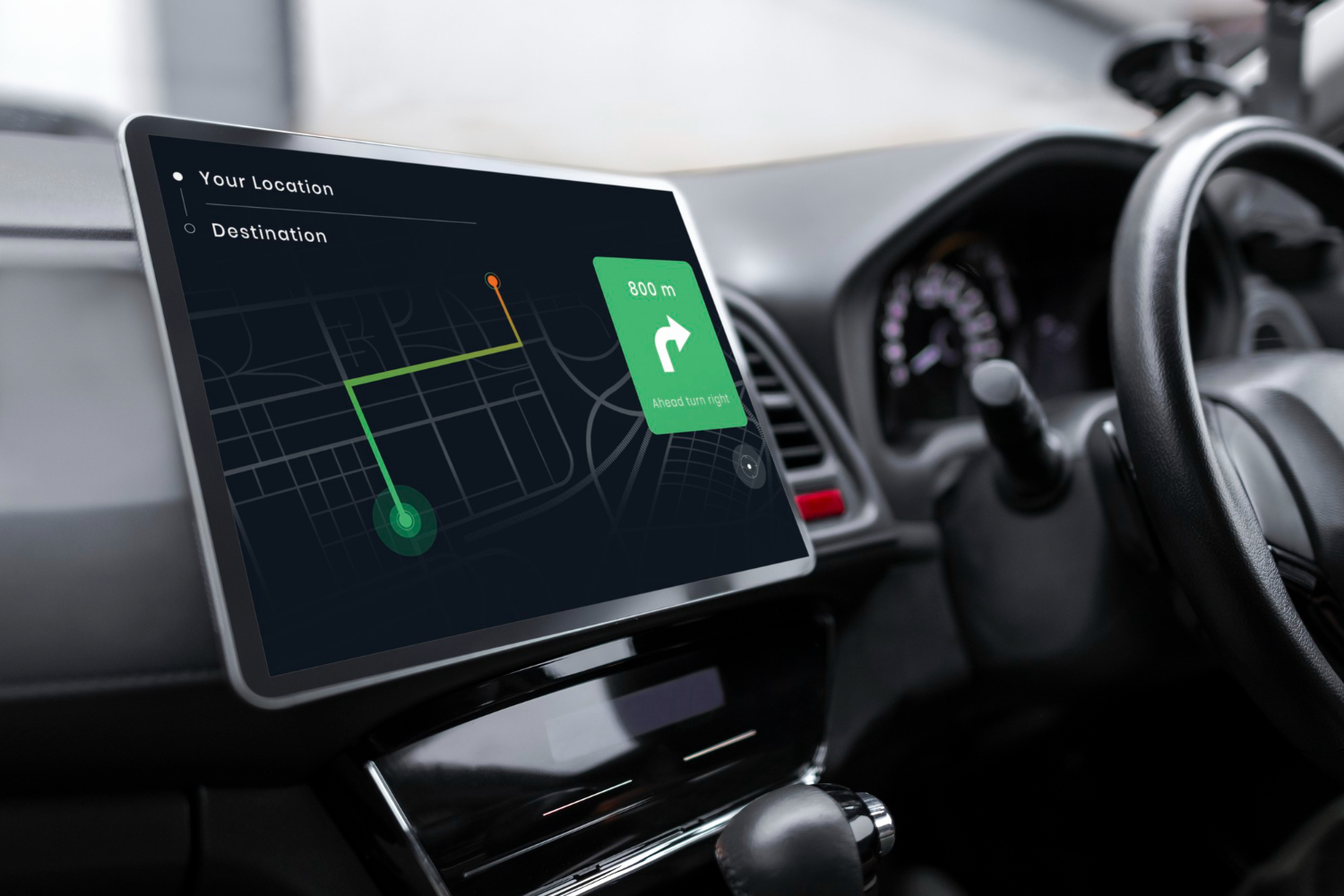5 Safety Features for New Drivers!

(Photo Credit: freepik)
When purchasing a car, we often consider various factors that contribute to a safe driving experience for novice drivers like ourselves. Nowadays, automotive safety technology is constantly evolving with the aim of reducing the number of road accidents.
As technology advances rapidly, automakers are constantly introducing new safety systems, which can leave many car buyers confused about which ones are essential and which ones genuinely enhance their safety. To help you make an informed decision and choose a car that meets your needs and prioritizes safety, here's a breakdown of the crucial safety features you should look for in your new car
Autonomous Emergency Braking (AEB)
AEB acts as a first line of defense against collisions by using sensors and cameras to detect objects ahead. If the system assesses that there is a risk of collision, it will alert the driver and, in some models, apply automatic braking to bring the vehicle to a stop before impact. AEB helps reduce the risk of accidents caused by rear-end collisions, especially in situations where the driver is inattentive or cannot see objects ahead.
Blind Spot Detection (BSD)
The BSD system reduces the risk of suddenly changing lanes without noticing objects in your blind spot. It works by using sensors or cameras to detect objects in the blind spot. If the system detects an object, it will alert the driver with an LED light on the side mirror or an audible sound.
Electronic Stability Control (ESC)
ESC helps maintain vehicle stability and keeps the car going in the direction the driver intends, especially in situations where there is a risk of losing control, such as on slippery roads, sudden turns, or emergency braking. The ESC system works by adjusting the braking force at each wheel, controlling engine torque, and helping the vehicle return to a stable path.
Lane Departure Warning (LDW)
The Lane Departure Warning (LDW) system alerts the driver when the vehicle starts to drift out of its lane without using a turn signal. It utilizes a camera mounted on the windshield to analyze the lane markings on the road. If the system detects that the vehicle is straying from its lane, it will alert the driver using an LED indicator on the dashboard or an audible warning.
Forward Collision Warning (FCW)
Forward Collision Warning (FCW) system alerts the driver when the vehicle is approaching the vehicle in front at a speed that could cause a collision. It works using sensors or cameras to detect objects in front of it. If the system assesses that there is a risk of a collision, it will alert the driver with an LED light on the dashboard or an audible warning.
New cars should come equipped with a comprehensive suite of basic safety features. Consumers should research and compare the effectiveness of different systems and choose a car that meets their needs and is appropriate for their driving habits.
Claim your free car valuation today!
Read More: Safe Driving Tips for the Rainy Season
Looking for a car appraisal? You can contact us for a free car valuation within 24 hours…
